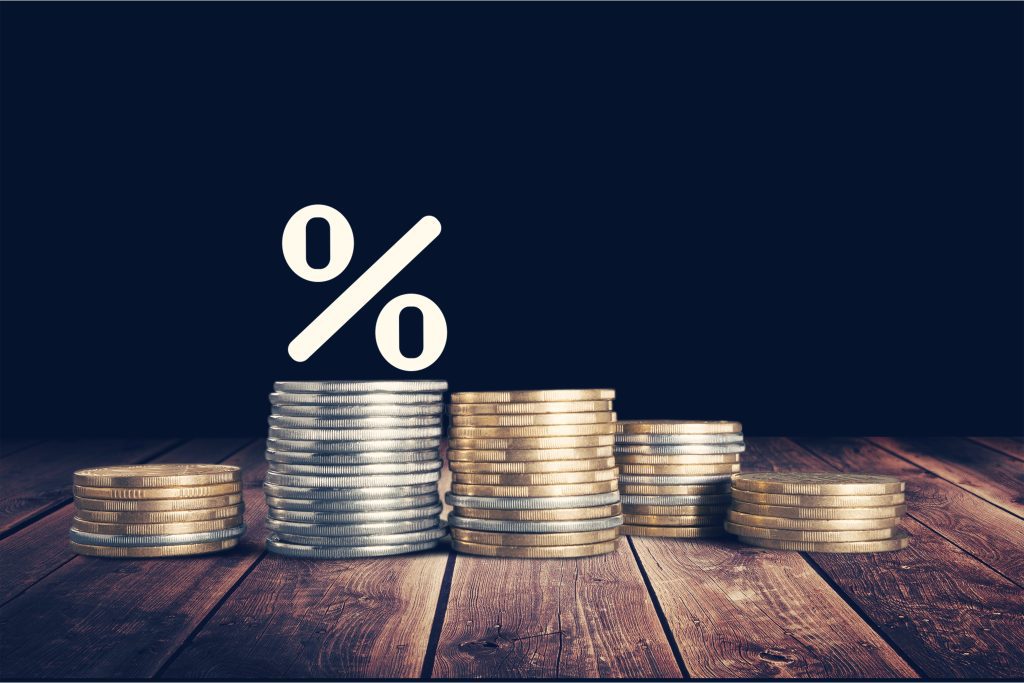A New York Times headline on inflation warns that “prices climbed 7.5 percent in January, the fastest inflation since 1982.” It is an early warning sign of potential credit risk for card issuers and is likely to disrupt the steady, low loan losses evident in the payments industry.
First, the good news.
The latest numbers published by the Federal Reserve indicate that the charge-off rate for credit cards hit an all-time low in November 2021. At a meager 1.67%, credit card loss rates are the lowest on record since 1985. That’s a big deal for bank profits and investor returns. If a bank’s card business supports $100 billion in receivables, that means that top-line interest revenue is in the range of $17 billion based on current interest rates. Charge-off bad debt from loan losses would be less than $2 billion. Of course, not many card issuers have $100 billion in loan book, but the calculus shown above easily translates into a portfolio of any size.
The 1.67% loss rate bears a footnote. Consumer purchasing underwent a drastic change in the COVID-era, as people hunkered down and avoided travel and dining. In addition, many household budgets received unprecedented funds from the CARES Act and though some employment sectors saw risk, others flourished.
Now, the bad news.
Americans are known for many things, but not for being savers. As the OECD noted in the study referenced here, despite being at the top of the order among 30 countries for household income, the U.S ranked only ninth in its percentage of savings. In the U.S., the reported household savings rate is 4.97%. So, envy the Swiss, with a 19.03% rate, or Australians, with a 9.23% rate. Less savings means more risk when household budgets come under stress.
So implicitly, American households have less to fall back on when the household budget goes awry. And, awry it will as inflation takes its hold; those non-savers are especially at risk. Today’s WSJ says that inflation will probably cost most households $250 per month. Feeling the most stress will be “Millennials, Latinos and the middle class are at the top of the list.” Things get worse as the article continues:
- A study by Wells Fargo & Co. economists broke out the impact in fine demographic detail. It uses the spending basket for 2019 and 2020—more recent than that used for CPI—and found that inflation hit 6.5% in December, down from the 7% reported by the Labor Department using the spending basket for the previous two years.
- The calculations don’t necessarily capture the whole picture of each demographic group’s financial realities. The economists noted that the way the government measures housing costs means they likely overstated the cost burden for homeowners and understated it for renters. Lower-earning households devote the most significant share of their budgets to rent, which means they probably are experiencing much higher inflation.
In December 2022, we ranked inflation as a headwind for credit card profitability. The double whammy of surging inflation plus an anticipated increase in interest rates will give the card industry a short term.
The takeaway for credit card managers is to expect erosion in their credit card loss numbers, which will immediately impact profitability. April 2022 will likely be when losses begin to rise and continue through year-end.
Overview by Brian Riley, Director, Credit Advisory Service at Mercator Advisory Group

